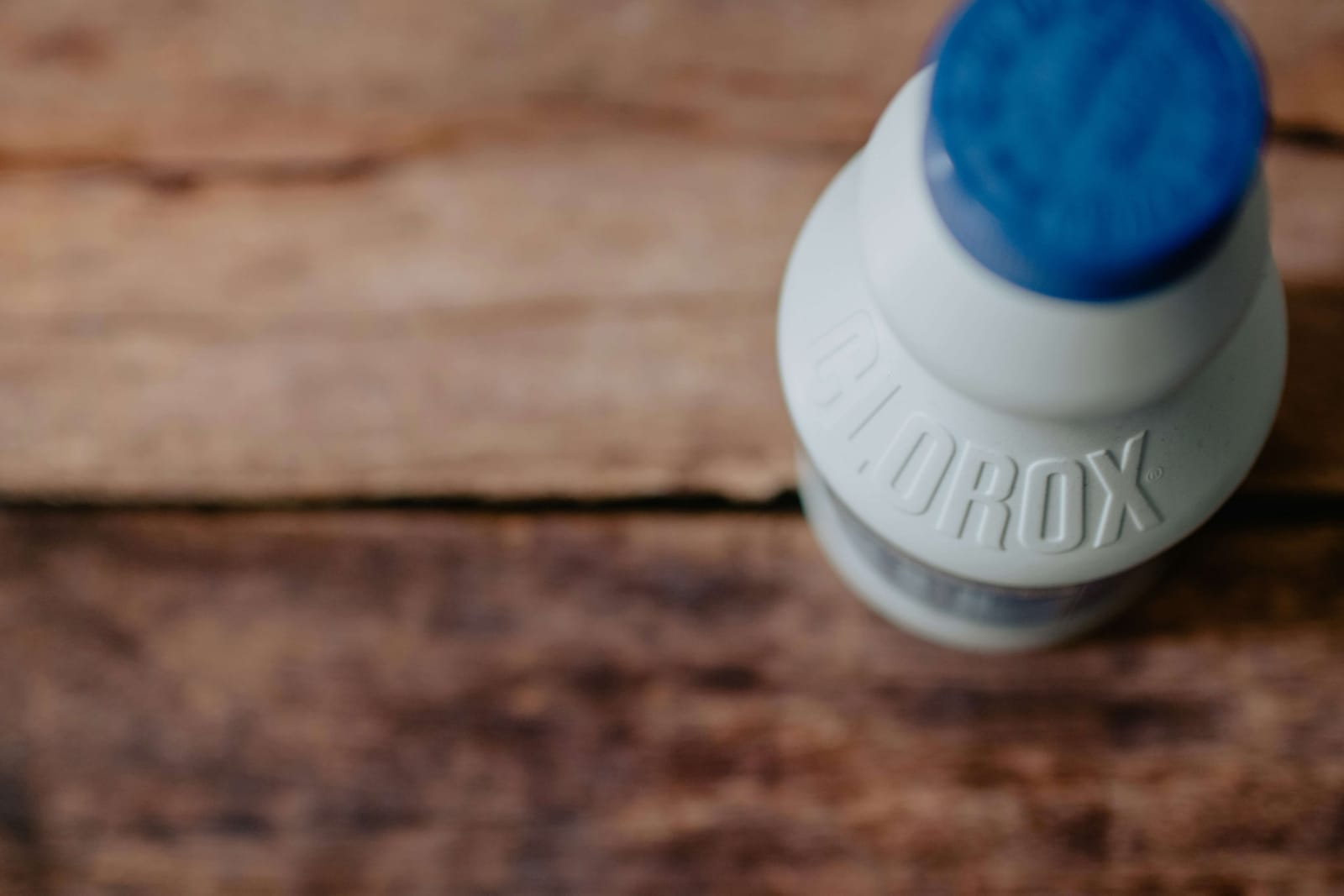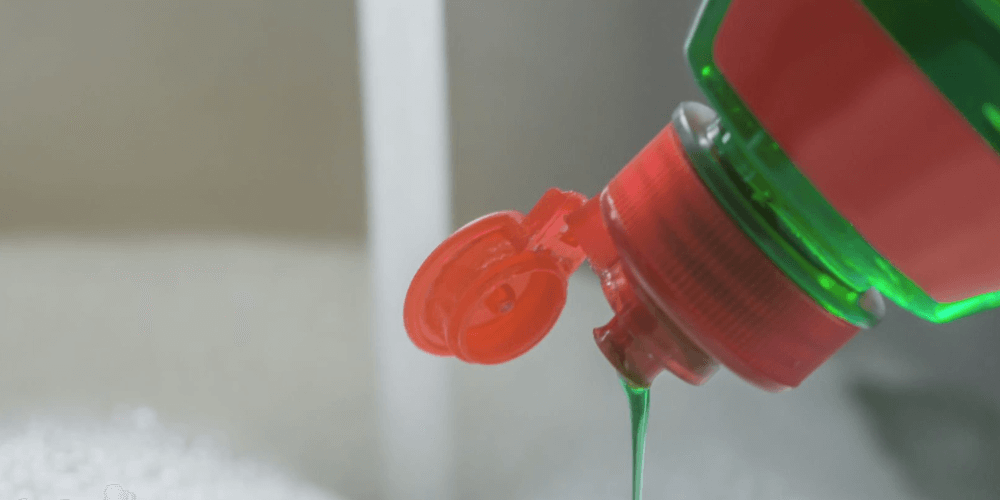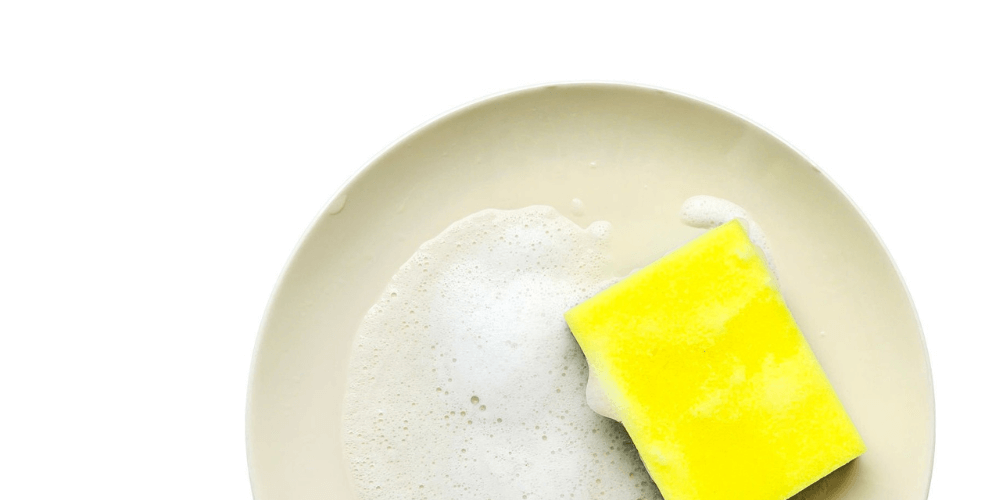In the pursuit of sustainable and effective food storage solutions, beeswax wraps have emerged as a popular alternative to plastic wrap and silicone covers. They not only reduce plastic waste but also provide an ideal environment for keeping fruits, vegetables, and herbs fresh for longer periods. But what makes beeswax wraps so effective at preserving produce? In this blog post, we’ll explore their breathable nature, antimicrobial properties, and how they compare to conventional storage methods.
1. How Beeswax Wraps Work to Preserve Produce
Beeswax wraps are made from natural ingredients such as organic cotton fabric infused with beeswax, tree resin, and plant oils (often jojoba oil). This combination creates a flexible, slightly tacky surface that clings to bowls and food items without needing rubber bands or clips. But the secret to their food-preserving magic lies in their breathability.
Unlike plastic wrap, which seals food in an airtight environment, beeswax wraps create a breathable barrier. This allows just enough air circulation to prevent condensation and excess moisture buildup, which can lead to rot and spoilage. At the same time, they protect produce from exposure to external contaminants, ensuring a clean, natural storage solution.
2. The Science Behind Beeswax’s Breathable Barrier
The breathable nature of beeswax wraps is what sets them apart from traditional plastic or silicone wraps. When you store produce, moisture regulation is key to maintaining freshness. Too much moisture can cause fruits and vegetables to become slimy, while too little can lead to dehydration and shriveling.
- Maintaining Optimal Moisture Balance: Beeswax wraps allow moisture to escape at a controlled rate, preventing excess water from accumulating on the surface of produce. This reduces the chances of mold or bacterial growth.
- Breathable vs. Airtight: Plastic wrap traps moisture inside, creating a damp environment that accelerates spoilage, especially in items like leafy greens. Beeswax wraps, on the other hand, allow excess moisture to evaporate while still keeping the produce hydrated.
A study published in Food Research International highlights that moisture balance and airflow are critical to slowing the decay of produce. By promoting a breathable environment, beeswax wraps ensure that fruits and vegetables retain their natural texture and taste longer.
3. Antimicrobial Properties: Another Layer of Protection
Beeswax itself has natural antimicrobial properties, which contribute to the effectiveness of beeswax wraps in preserving food. Beeswax contains bioactive compounds that inhibit the growth of certain bacteria and fungi. This helps to create a cleaner, safer storage environment for fresh produce.
- Natural Resistance to Microbes: The beeswax coating forms a protective layer over food items, reducing the risk of contamination from pathogens.
- Jojoba Oil and Tree Resin Benefits: Many beeswax wraps also contain jojoba oil and tree resin, which have additional antimicrobial and antifungal properties. This combination works to extend the freshness of produce.
A key advantage of this antimicrobial protection is that it minimizes the need for additional preservatives or chemicals, making beeswax wraps ideal for people seeking natural, chemical-free food storage solutions.
4. Comparing Beeswax Wraps to Plastic and Silicone Storage
To understand why beeswax wraps outperform traditional methods, let’s break down their advantages compared to plastic wrap and silicone covers.
| Feature | Beeswax Wraps | Plastic Wrap | Silicone Covers |
|---|---|---|---|
| Breathability | Allows moisture balance, prevents rot | Airtight, traps moisture, accelerates rot | Generally airtight, limited breathability |
| Sustainability | Biodegradable and compostable | Non-biodegradable, contributes to waste | Reusable but non-compostable |
| Antimicrobial Properties | Natural protection against bacteria | No antimicrobial properties | Limited protection depending on the material |
| Versatility | Flexible and moldable around any shape | Limited flexibility | Suitable for bowls but less for loose produce |
Why Beeswax Wraps Win:
- Moisture Control: Plastic wrap and airtight containers often trap too much moisture, creating the perfect conditions for mold and spoilage. Beeswax wraps offer a breathable alternative.
- Environmental Benefits: Beeswax wraps are reusable and compostable, making them a sustainable option compared to plastic wrap, which contributes to pollution.
- Natural Freshness: The antimicrobial properties in beeswax wraps offer an extra layer of protection, unlike plastic or silicone covers.
5. Which Produce Benefits Most from Beeswax Wraps?
Beeswax wraps are particularly effective for preserving certain types of fruits, vegetables, and herbs. Here are some examples of produce that thrive when stored in beeswax wraps:
- Leafy Greens (Lettuce, Kale, Spinach): These are highly susceptible to wilting and rotting when exposed to excess moisture. Beeswax wraps regulate humidity, keeping greens crisp and fresh.
- Herbs (Cilantro, Basil, Parsley): Delicate herbs tend to dry out quickly in the fridge. Beeswax wraps retain just enough moisture to prevent wilting without causing mold.
- Root Vegetables (Carrots, Radishes, Beets): Wrapping root veggies in beeswax helps maintain their firmness and prevents them from becoming rubbery.
- Cheese: Although not produce, it’s worth noting that beeswax wraps are excellent for keeping cheese fresh by allowing it to breathe while preventing it from drying out.
6. How to Maximize the Effectiveness of Beeswax Wraps
To get the most out of your beeswax wraps, follow these tips:
- Wrap Produce Tightly: Ensure that the wrap is snug around the produce or container. Use the warmth of your hands to mold the wrap and create a secure seal.
- Store in the Right Environment: While beeswax wraps work well at room temperature, they are most effective when used to store produce in the refrigerator.
- Avoid Raw Meat and Oily Foods: Beeswax wraps are not recommended for raw meat or excessively oily foods, as these can compromise the wax coating.
- Clean with Care: Wash beeswax wraps with cool water and mild soap. Avoid hot water, as it can melt the wax and reduce the wrap’s effectiveness.
7. How Long Can Produce Stay Fresh with Beeswax Wraps?
The longevity of produce stored in beeswax wraps can vary depending on the type of food and storage conditions. Here are some general guidelines:
- Leafy Greens: Can stay fresh for up to 1-2 weeks when properly wrapped.
- Herbs: Typically last 5-7 days without wilting.
- Root Vegetables: Maintain their texture and freshness for 2-3 weeks.
- Fruits: Depending on the variety, fruits like apples and pears can stay crisp for up to 1-2 weeks.
These timeframes are significantly longer compared to storage using plastic wrap, which often accelerates spoilage due to trapped moisture.
8. Sustainability Benefits of Beeswax Wraps
Beeswax wraps are not just good for preserving produce—they’re also an eco-friendly alternative that contributes to a more sustainable lifestyle. By switching to beeswax wraps, you can:
- Reduce Plastic Waste: Minimize your household’s reliance on single-use plastic wrap.
- Compost Old Wraps: When they reach the end of their life, beeswax wraps can be composted or repurposed as fire starters.
- Save Money: Reusable for up to a year with proper care, beeswax wraps are a cost-effective alternative to constantly buying plastic wrap.
Final Thoughts
Beeswax wraps offer an ideal combination of sustainability and functionality for preserving fresh produce. Their breathable barrier, natural antimicrobial properties, and eco-friendly design make them a superior choice compared to plastic and silicone alternatives. By using beeswax wraps, you can enjoy fresher fruits, vegetables, and herbs while reducing your environmental impact. Whether you’re storing leafy greens, herbs, or root vegetables, beeswax wraps provide a natural and effective way to keep your produce at its best.



